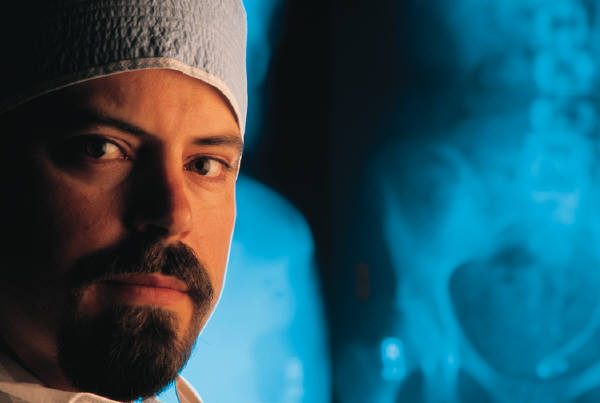Who’s Your Doctor?
Over at Forbes, Bruce Japsen reports that the Affordable Care Act is boosting demand for primary care providers. As we’ve said before, Obamacare does nothing to boost physician supply. The millions of newly insured will increase their demand for medical care — and someone has to provide it. This has caused a Gold Rush of sorts among medical practices and hospitals scrambling for primary care providers.
Physician staffing firm, MerrittHawkins reports primary care providers — family physicians and internists tops the list. The number of requests for nurse practitioners and physicians’ assistants it’s been ask to recruits is up more than three times (i.e. 320 %). Advance practice nurses and physicians’ assistants didn’t even make the top 20 of most recruited medical practitioners three years ago. Here’s the current list.
In many cases, increased use of nurse practitioners and physician assistants can provide high quality care at reduced costs. I have long advocated increasing these professionals’ scope of practice as an important part of innovation in delivering medical care. On the other hand, this should happen as a consequence of increased consumer-direction of healthcare spending, not as a response to increased government control, as imposed by Obamacare.






